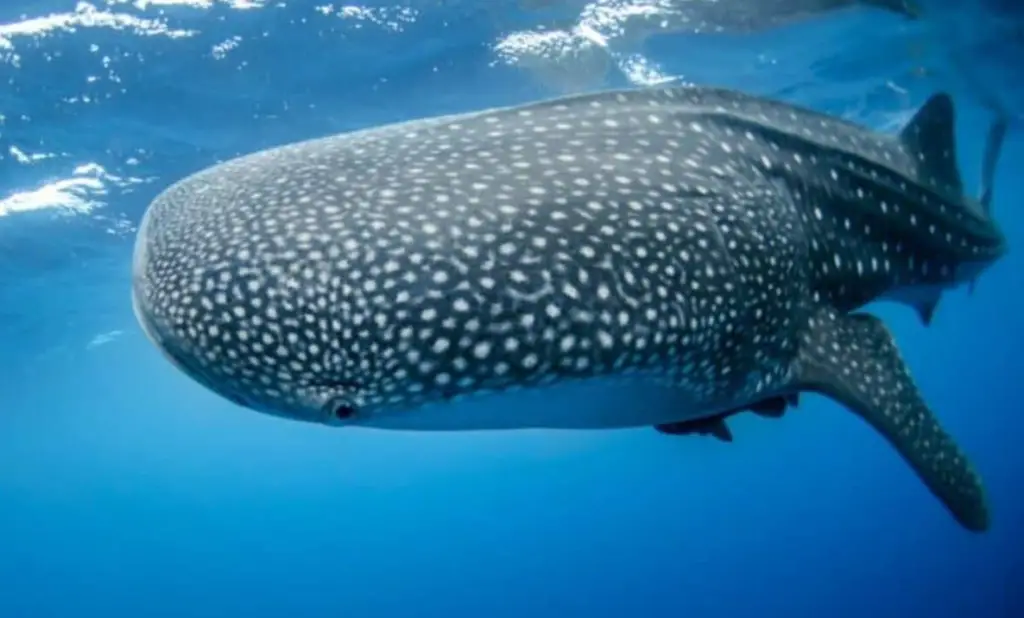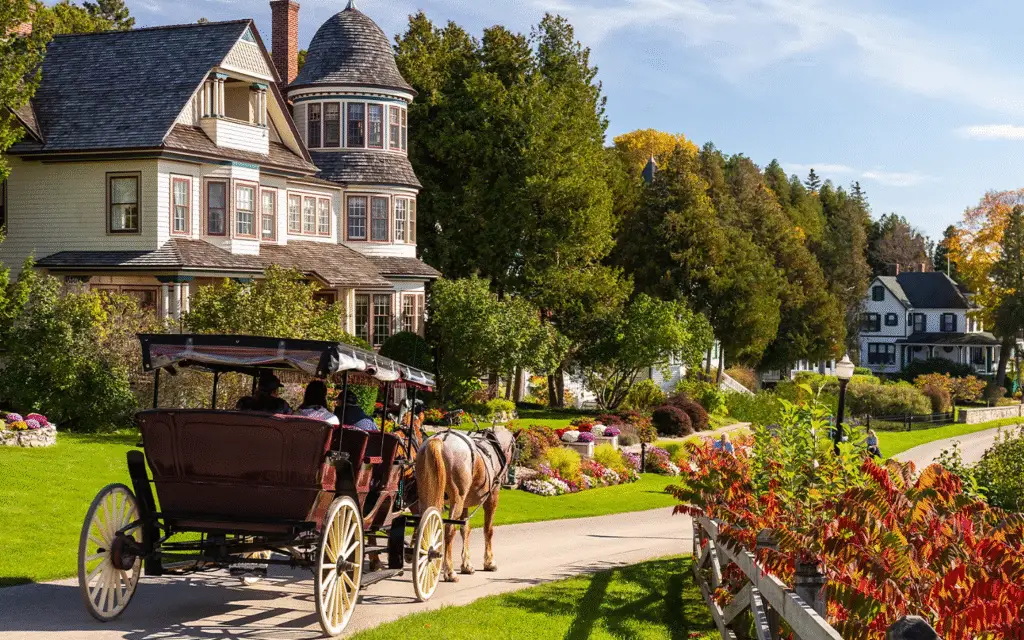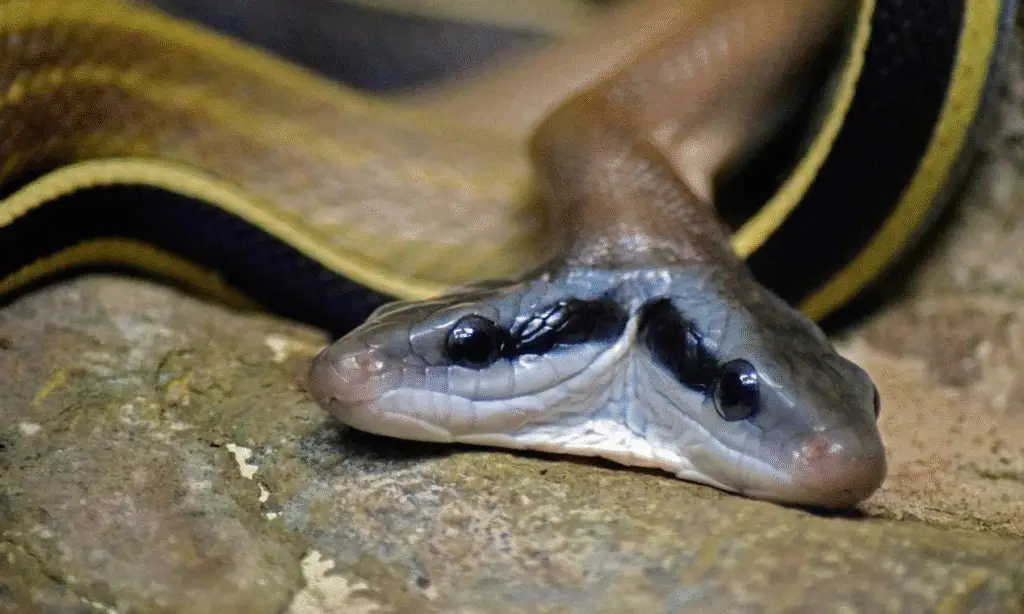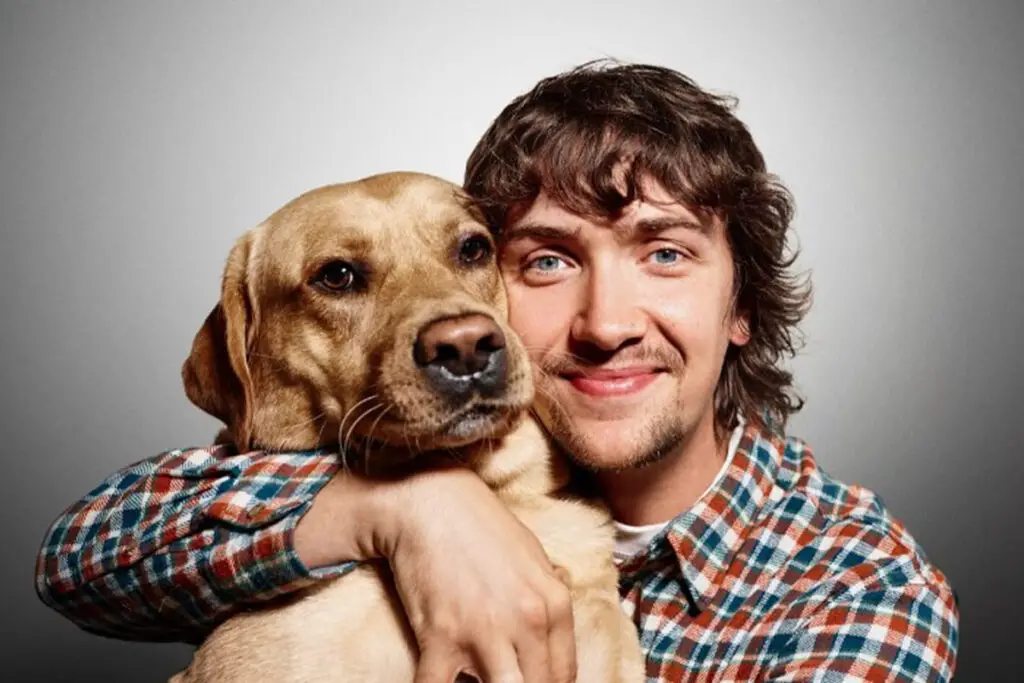The Science Behind Cuttlefish Camouflage: Nature’s Real-Life Invisibility Cloak

Imagine a creature that can vanish into a coral reef, mimic a sandy seabed, or even impersonate a rock—all in the blink of an eye.
Meet the cuttlefish, nature’s ultimate escape artist.
For centuries, scientists have marveled at how these mollusks pull off their Houdini-like disguises.
Now, groundbreaking research is finally cracking the code behind their “biological invisibility cloak”—and it’s rewriting what we know about brains, behavior, and evolution itself.
From Fossil Relics to Brainy Predators: The Rise of Cuttlefish
Let’s rewind 150 million years. Back then, the ancestors of today’s cuttlefish, squid, and octopus—coleoid cephalopods—shed their heavy external shells.
This evolutionary gamble turned them into agile predators, but it came with a catch: without armor, survival meant outsmarting enemies.
The result? A brainpower explosion. Modern cuttlefish now boast brains rivaling those of reptiles and some mammals relative to body size.
“These animals are the Einsteins of the invertebrate world,” says Dr. Gilles Laurent, a neuroscientist at the Max Planck Institute for Brain Research. “Their intelligence isn’t just about problem-solving—it’s etched into their skin.”
And what skin it is. Cuttlefish are covered in up to millions of tiny, color-shifting cells called chromatophores—think of them as biological pixels.
Each chromatophore is a pigment-filled sac controlled by minuscule muscles, which are themselves governed by neurons firing commands from the brain.
When a cuttlefish spots a predator, its brain doesn’t just think—it paints. In under a second, these cells expand or contract to create patterns that blur the line between animal and environment.
The Pixel Wizardry Behind Camouflage
Here’s where it gets wild. Unlike the fictional invisibility car in James Bond’s Die Another Day—which used cameras to replicate surroundings—cuttlefish don’t “see” with their skin.
Instead, their eyes scan the environment, and their brains compress that visual data into a statistical snapshot.
Imagine your brain averaging the colors and textures of a forest floor instead of memorizing every leaf.
That’s essentially what cuttlefish do. They then riffle through an evolutionary “playbook” of pre-programmed patterns to find the best match.
“It’s like they’ve got a Photoshop filter built into their DNA,” laughs Laurent, whose team spent years decoding this process.
But how do you study a brain that’s hidden inside a squishy marine master of disguise? The answer: track the pixels.
By filming cuttlefish skin at 60 frames per second with high-resolution cameras, Laurent’s team indirectly mapped neural activity.
Every twitch of a chromatophore reflects signals from motor neurons—akin to reading someone’s thoughts by watching their facial expressions.
Postdoc Sam Reiter, the study’s lead author, compared it to “spying on the brain’s WhatsApp group chat through the skin.”
The Brain-Skin Hotline: A Neurobiological Marvel
Each chromatophore is wired to a handful of neurons, creating a direct hotline from brain to skin.
When neurons fire, muscles contract, stretching the chromatophore to reveal pigment.
When they stop, the cell snaps back like a rubber band, letting the underlying iridescent skin shine through.
This system is so precise that researchers could reverse-engineer the cuttlefish’s neural “control panels” by analyzing how chromatophores fluctuate in sync.
But tracking millions of cells across growing, moving animals? That’s like trying to follow every star in a fireworks display.
The breakthrough came when scientists realized each chromatophore’s arrangement is as unique as a fingerprint.
Using supercomputers, they stitched together images frame by frame, even as new cells appeared daily.
“It’s like solving a puzzle where the pieces keep multiplying,” says Matthias Kaschube of Goethe University, who co-developed the method.
Camouflage Isn’t Perfect—And That’s the Point
Here’s the kicker: cuttlefish don’t aim for pixel-perfect camouflage.
Instead, they cheat—using statistical shortcuts to fool predators’ eyes. Recent studies revealed their skin-pattern space is high-dimensional, meaning they mix and match components like overlapping brushstrokes.
When shifting patterns, they meander through this space, accelerating and decelerating like a driver correcting GPS directions.
“It’s not a straight path. They course-correct, almost like they’re thinking through their skin,” says Laurent.
This flexibility is key. In lab experiments, cuttlefish adjusted stripe patterns mid-hunt to disguise their motion.
By sweeping dark bands downward, they masked their approach, tricking crabs into ignoring looming threats.
“It’s not just about blending in—it’s about manipulating perception,” says Dr. Tessa Montague, a Columbia University biologist developing transgenic cuttlefish to study neural activity in real-time.
Why This Matters Beyond the Ocean
Cuttlefish aren’t just marine magic tricks. Their camouflage offers clues about vision, AI, and even military tech.
Engineers once dreamed of adaptive camouflage for vehicles; nature perfected it 540 million years ago.
“Evolution built a system that compresses visual data into actionable commands—something AI still struggles with,” notes Laurent.
But there’s a deeper story here. Cephalopod brains split from ours over half a billion years ago, yet both lineages evolved complex intelligence.
Studying cuttlefish, says Montague, is like “meeting an alien with a PhD in neuroscience.”
Their brains—a maze of lobes controlling everything from memory to motor skills—are being mapped in 3D, offering a blueprint for how intelligence evolves.
What’s Next? Genetic Tweaks and “Cuttlefish Dreams”
The next frontier? Editing cuttlefish genes.
Montague’s team has already tweaked embryos to glow under fluorescent light, aiming to spotlight neurons during camouflage.
Meanwhile, Laurent’s group is probing why cuttlefish flash colors during sleep—hinting at something akin to dreams.
But for now, the humble cuttlefish remains a masterclass in biological innovation.
As Laurent puts it: “They’re wearing their thoughts on their skin. And we’re finally learning to read them.”
































